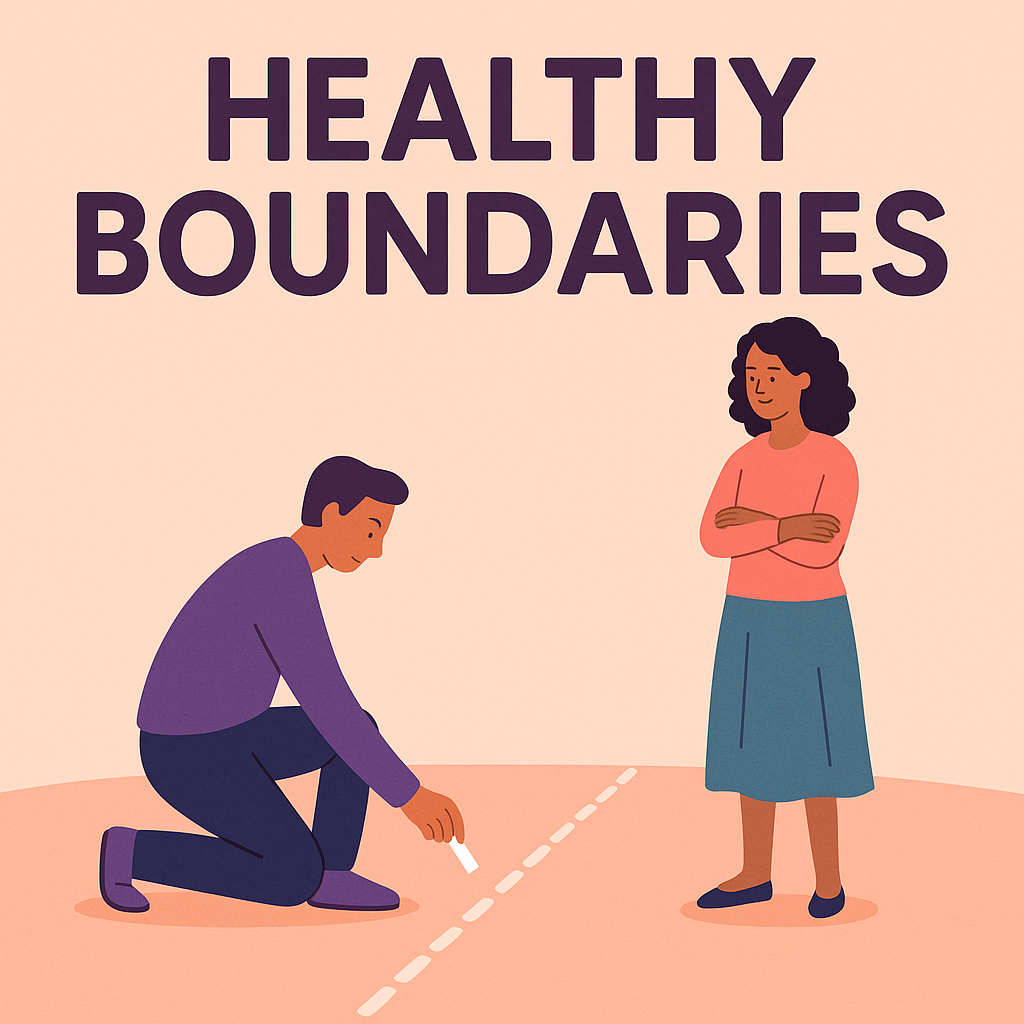Healthy Boundary-Setting Strategies
Establishing clear, respectful boundaries is a cornerstone of healthy relationships—both with others and with yourself. Boundaries define where you end and someone else begins, protecting your emotional well-being while fostering mutual respect. Below are practical strategies to identify, communicate, and maintain healthy boundaries in various areas of life.
1. Understand Your Limits
Before you can set boundaries, you need to know your own limits—what drains you, what feels safe, and what you absolutely will not tolerate.
- Reflect on past experiences where you felt overwhelmed, resentful, or taken advantage of.
- Journal answers to: “When do I feel most uncomfortable or stressed?” and “What crossed the line for me?”
- Identify your values (e.g., respect, honesty, autonomy) and note when situations violate them.
2. Use Clear “I” Statements
Communicate boundaries calmly and assertively to reduce defensiveness:
- Structure: “I feel [emotion] when [behavior] because [impact]. In the future, I need [boundary].”
- Example: “I feel overwhelmed when you call me after 10 PM because I need time to unwind. In the future, please wait until tomorrow to discuss non-urgent matters.”
3. Practice Assertive (Not Aggressive) Communication
Avoid guilt-tripping or aggression; aim for respectful firmness:
- Stay calm: Keep your tone even and your body language open.
- Be concise: State your boundary without over-explaining or apologizing.
- Repeat if needed: If met with pushback, calmly restate your boundary. “I understand you’re upset, but I still need to leave work on time.”
4. Set Physical & Digital Boundaries
Define personal space and time for self-care:
- Physical: Decide on your comfort with touch, personal space, and visits. E.g., “Please knock before entering my room.”
- Digital: Set guidelines for online communication—turn off notifications after hours, set “do not disturb” modes, or establish “phone-free” time blocks.
5. Enforce Consequences Consistently
Boundaries without follow-through become meaningless:
- Clearly outline consequences if a boundary is crossed. Example: “If you borrow my things without asking, I won’t be able to lend them in the future.”
- Follow through respectfully. If someone disregards your boundary, enact the consequence you communicated (e.g., ending a conversation, taking a break from the relationship).
6. Use Self-Care & Support
Boundary-setting can feel challenging—lean on self-care and trusted allies:
- Debrief with a friend or therapist after setting a tough boundary to process emotions.
- Practice stress relief (breathing, journaling, exercise) to keep anxiety low when addressing boundaries.
- Affirm your right to have and enforce boundaries: “I deserve respect and safe space in my relationships.”
7. Reassess & Adjust
Boundaries can evolve over time as needs and relationships change:
- Regular check-ins: every few months, ask yourself if your boundaries still serve you.
- Communicate updates: let close ones know if a boundary needs tightening or relaxing.
- Celebrate successes: acknowledge when boundaries protect your well-being and strengthen relationships.
Final Thoughts
Setting healthy boundaries is an act of self-respect and care. It takes courage to define your limits and compassion to uphold them lovingly. With practice, clear boundaries enhance trust, reduce conflict, and support deeper connections—both with yourself and those around you. Start small, stay consistent, and honor the space you need to thrive.




